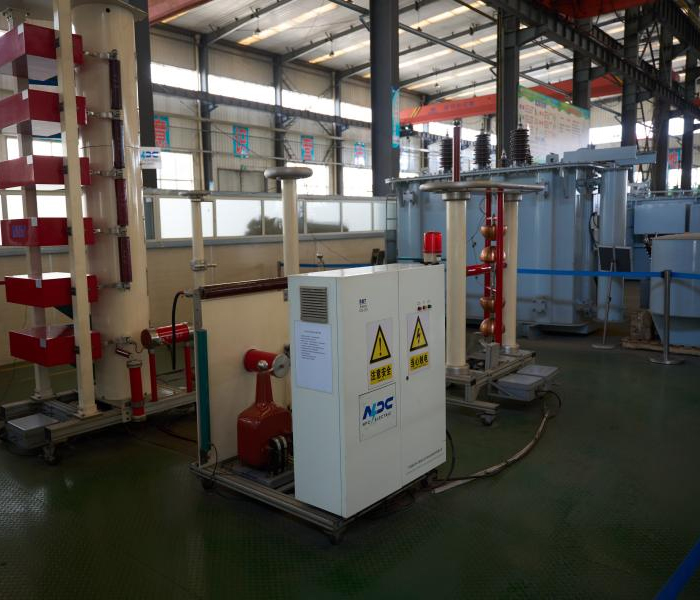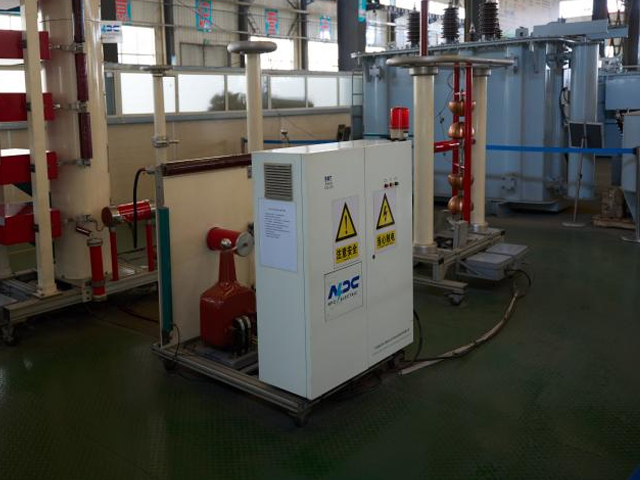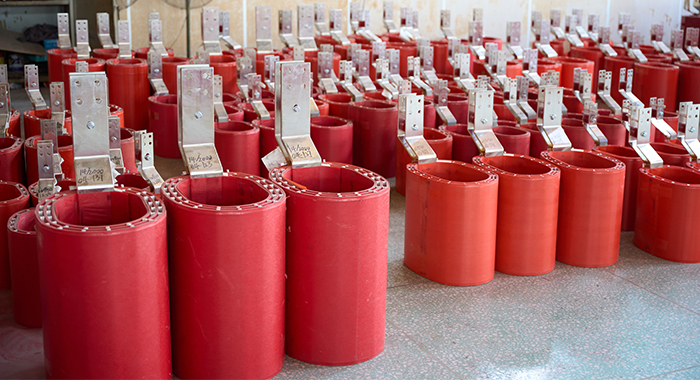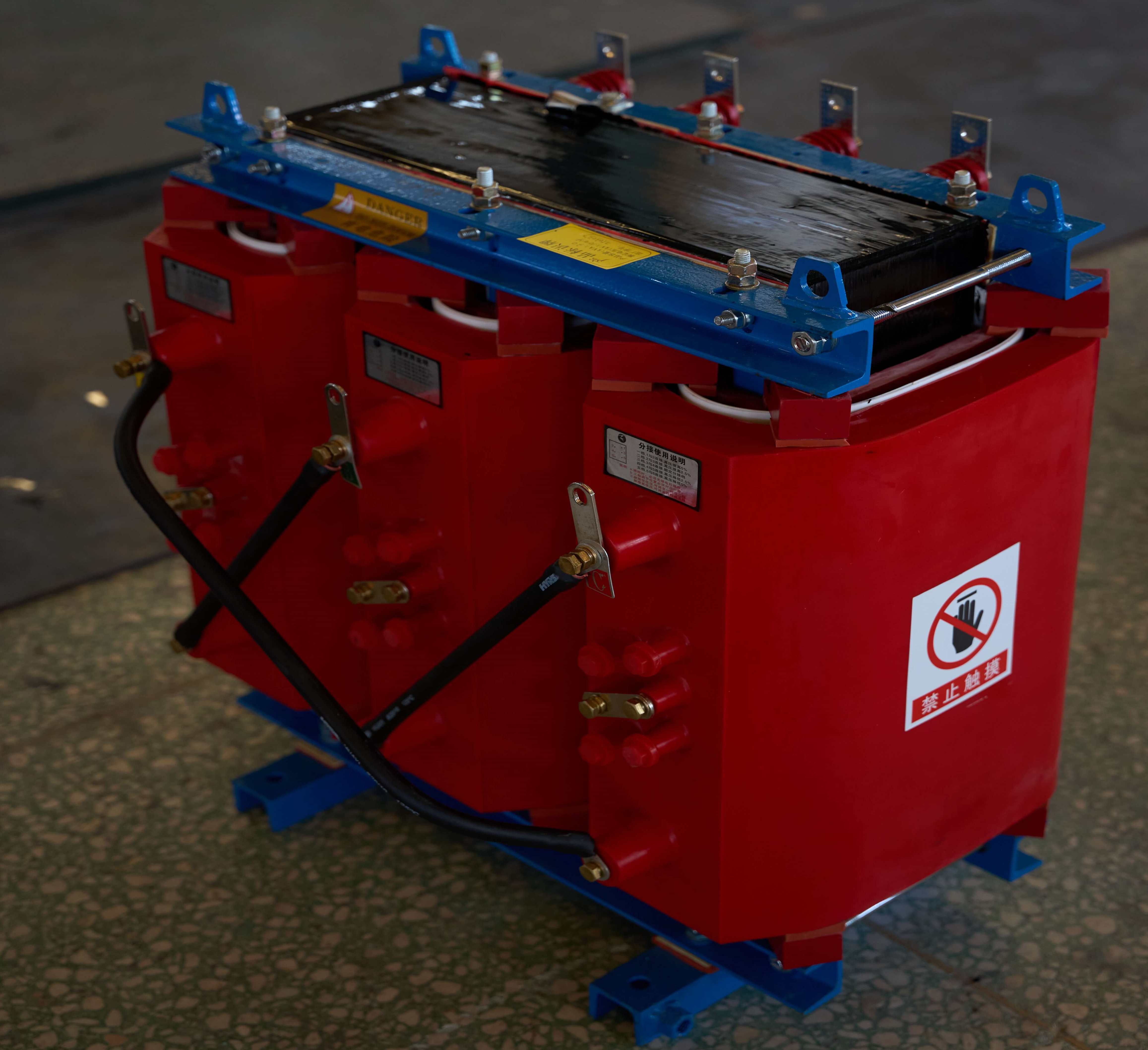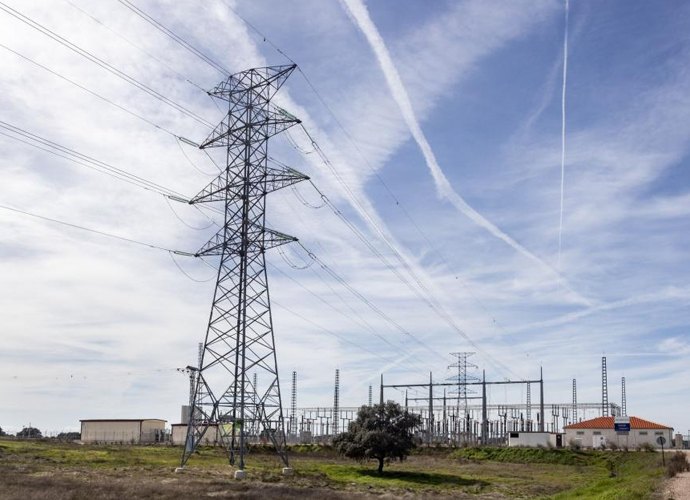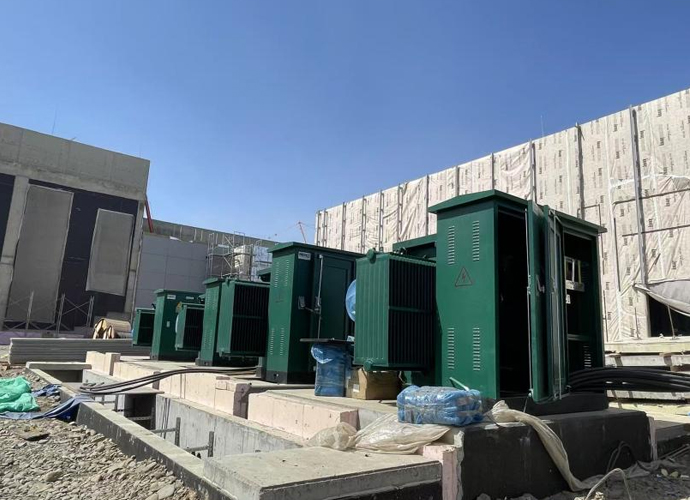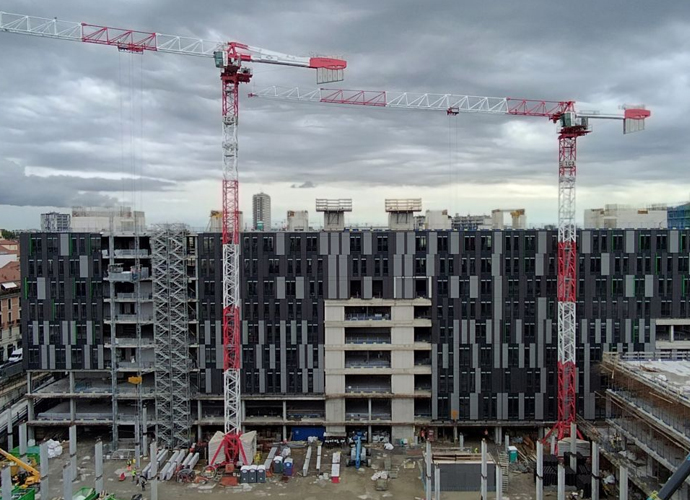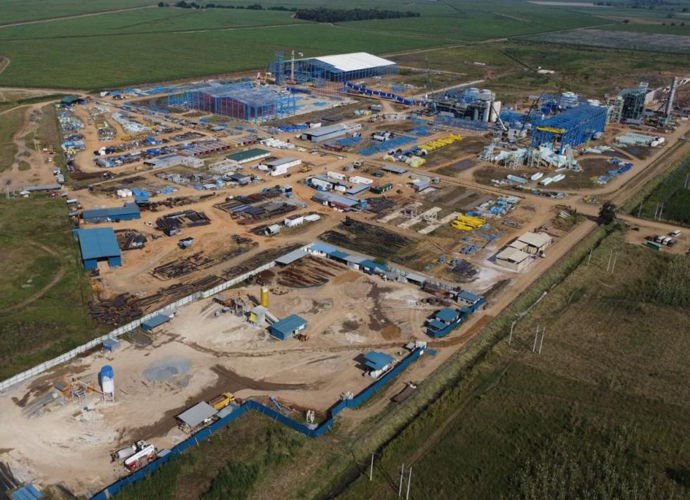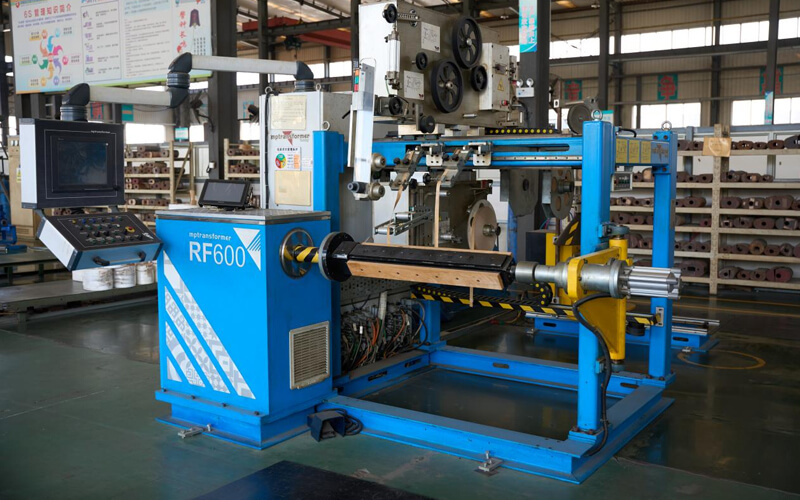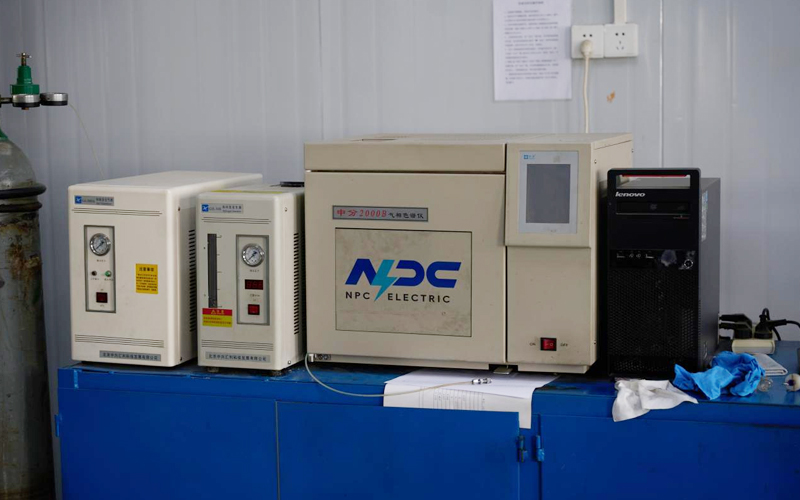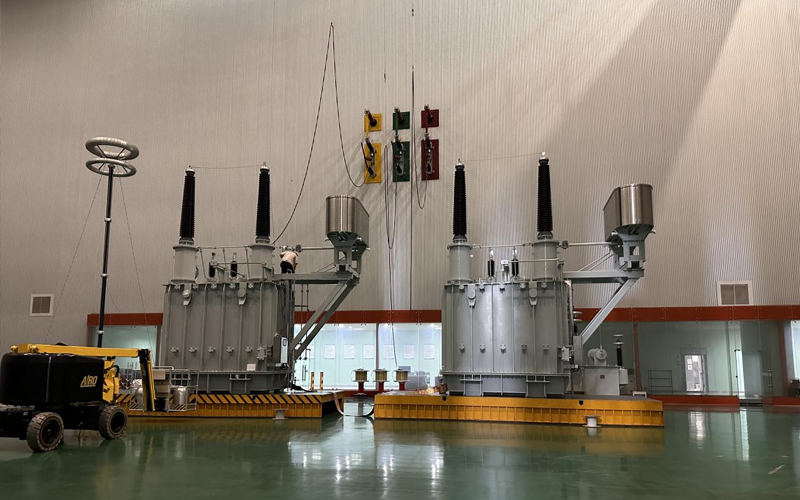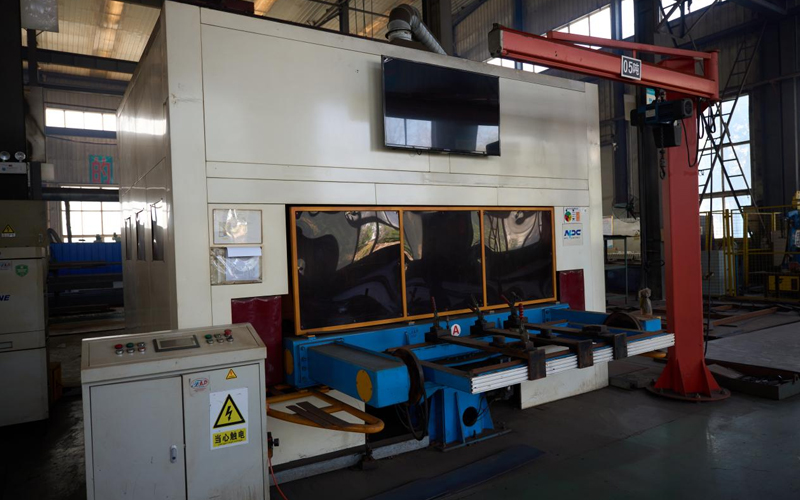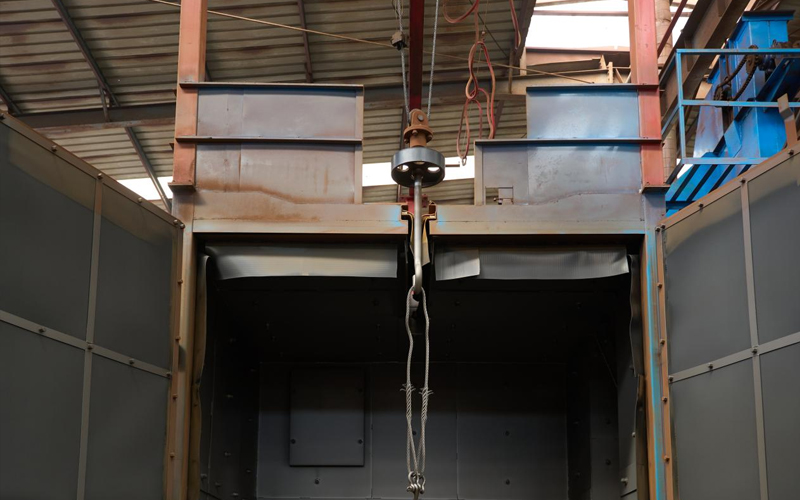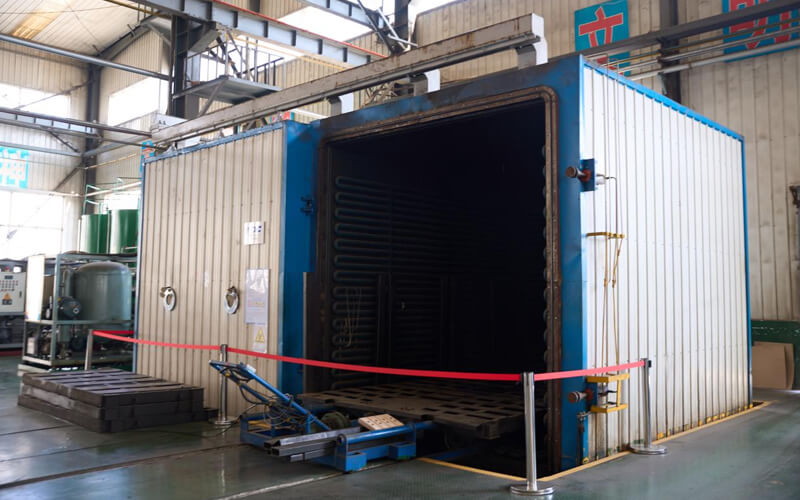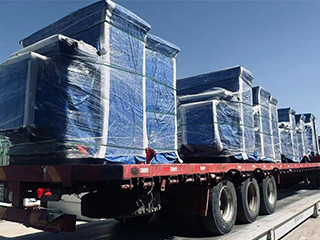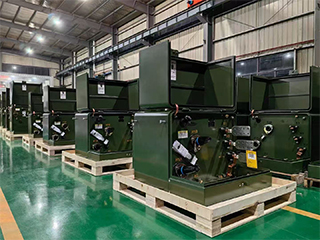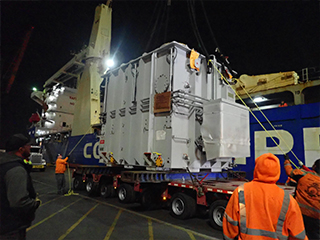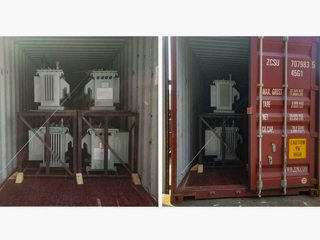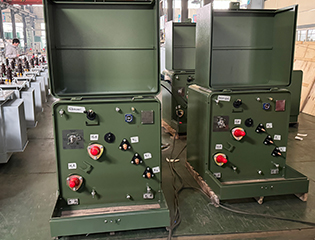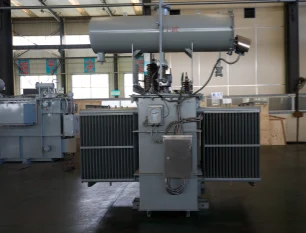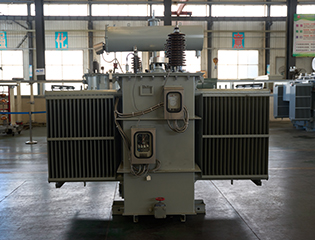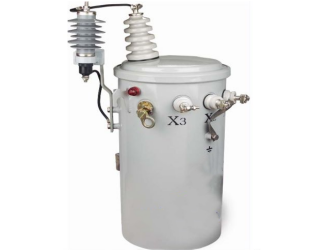3000kVA Dry Type Transformer
- Primary Voltage Ratings 34.5-19.92/13.8-7.957/13.2-7.62/12.47-7.2, 24.94, 26.25, 33 or others
- Secondary Voltage Ratings 480/277V,400/230V,380/220V or customized
- H.V. Tap Range ± 2×2.5% HV taps or others
- Type Dry type transformer
- BIL 30/95kV
- Standards IEEE, ANSI, NEMA,IEC,GB
- Application office buildings, transportation facilities,theaters, hospitals, hotels etc
- Power Rating 3000kVA
- Certificate UL ,CESI
- Cooling Method OA/OF
- Opeartion Step Down & Step Up
Technical Specifications
| Technical Specifications | ||
| Rated Power | 3000 kVA | |
| Rating Primary Voltage | 2.4-34.5kV | |
| Secondary Voltage | 480/277V 400/230V 380/220V Customized |
|
| Frequency | 50/60Hz | |
| Vector Group | Dyn11,Yyn0,Dyn5 | |
| Winding Material | Aluminum/Copper | |
| Efficiency | As IEEE,Doe 2016,CAS Std or Customized | |
| Impedance Voltage | Nominal 2% or Customized 1.1-5.75% | |
| Altitude | ≤1,000m or Customized | |
| Enclosure material | 304 Stainless Steel | |
| Total Weight | 31500 kg | |
| Outline Dimensions(L×W×H)in. | 4200×2400×3000(mm) | |
| HV Bushing |
| LV Bushing |
| Tap changer connector |
| Lifting hook for complete transformer |
| Name plate |
Customization Optional
Packing and Shipping
The transformer is carefully fastened inside the crate to prevent any movement during handling or transport. To shield it from external environmental factors such as moisture, dust, and dirt, the transformer is often wrapped in weather-resistant plastic or shrink-wrapped. This additional layer of protection ensures that the transformer remains in optimal condition throughout the shipping process. The crate or frame is clearly labeled with relevant information, including the model number, weight, handling instructions, and safety precautions, ensuring that the transformer is easily identified and handled properly at each stage of the transportation process.
For international shipments, all necessary shipping and customs documents, such as customs clearance forms, inspection certificates, and safety compliance reports, are prepared and included to facilitate smooth and efficient border crossings. The transformer is then carefully loaded onto transportation vehicles using specialized lifting equipment like cranes or forklifts, which minimizes the risk of damage during handling. Depending on the final destination, the transformer may be shipped by road, sea, or rail, with the appropriate method chosen based on distance, urgency, and other logistical factors.
Upon arrival at the destination, the transformer undergoes a final inspection to ensure that no damage occurred during transit. Once the inspection is successfully completed, the transformer is ready for installation and commissioning. The entire packing and shipping process is designed to ensure that the NPC Electric 3000kVA Dry-Type Transformer arrives safely and is fully prepared for reliable, long-term operation once installed.
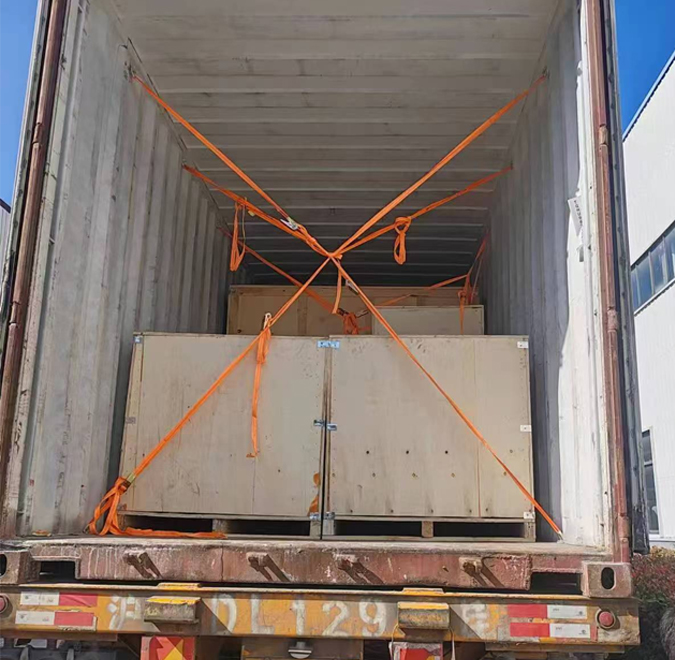
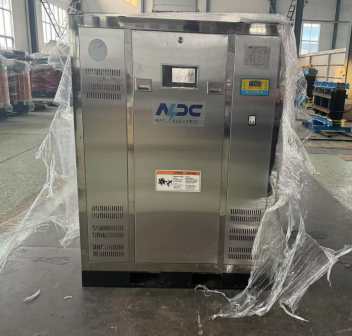
Manufacturer Test
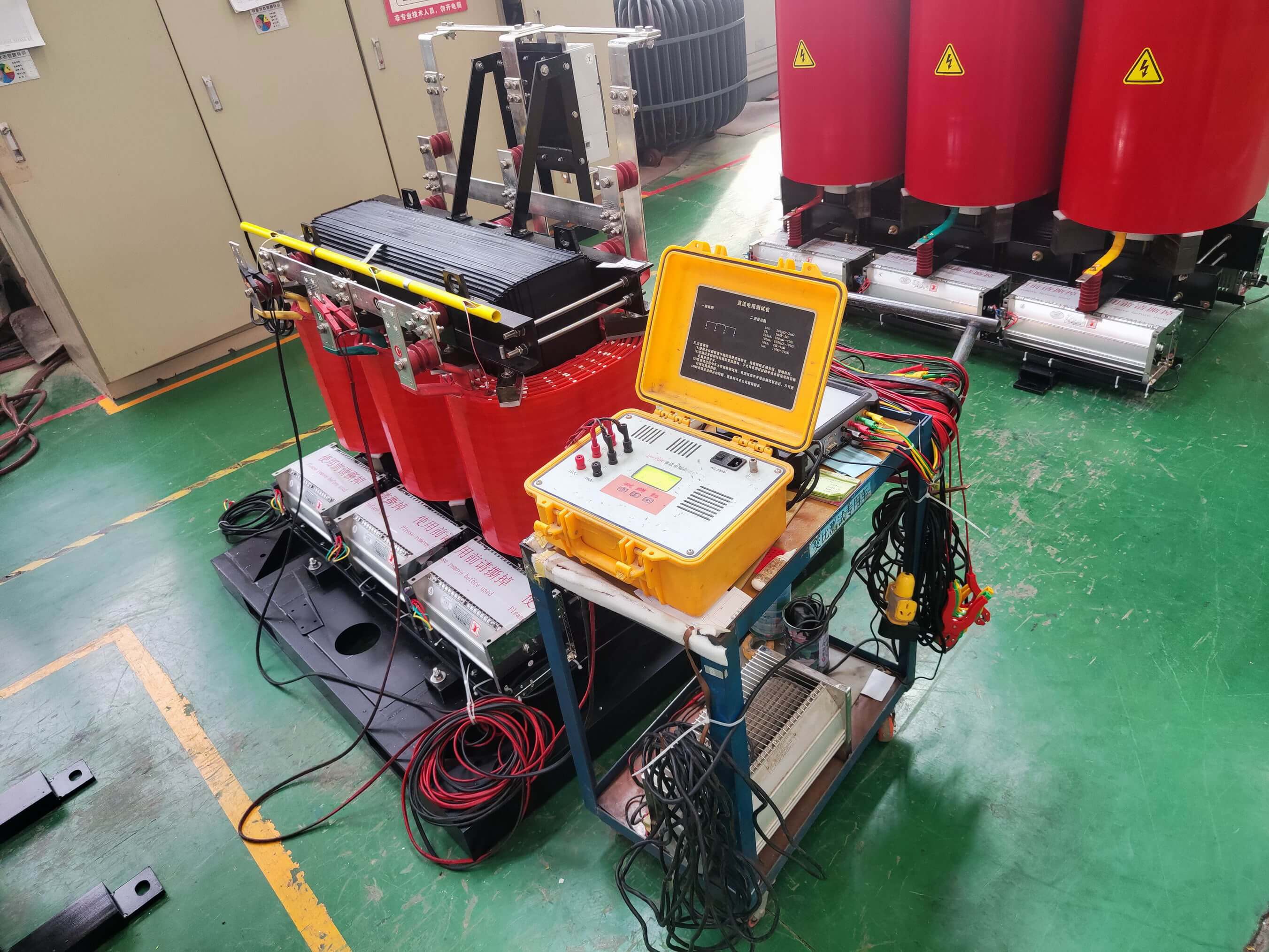
Progress Test
NPC Electric manufactures high-quality three-phase dry-type transformers under strict quality control protocols. The Progress Test for the NPC Electric 3000kVA Dry-Type Transformer is a comprehensive and detailed process that ensures the transformer meets all specified operational, safety, and performance standards prior to deployment. The testing process begins with an insulation resistance test, where high-voltage DC testing is performed to assess the quality of the insulation system, ensuring it can withstand electrical stress without leakage or failure, which is critical for the transformer's long-term reliability. Following this, the winding resistance test is conducted to check the resistance of the primary and secondary windings. This test helps identify any potential defects, such as short circuits or open windings, that could affect performance and safety.The temperature rise test follows, where the transformer is operated at full load, and the temperature rise of the windings and core is carefully monitored.
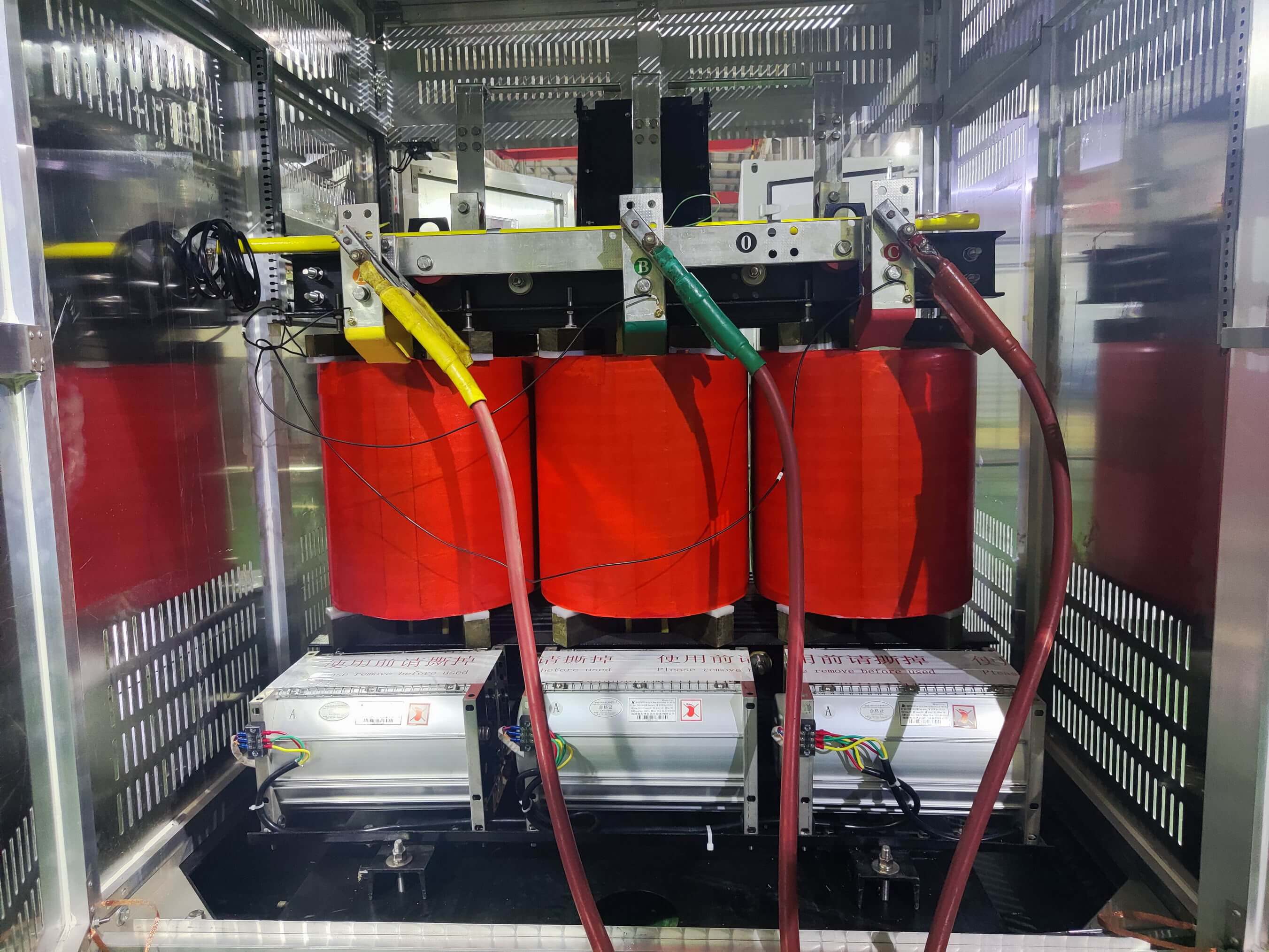
Design Tests
All transformer will be test after finished the production, test items as below:
♦ Insulation Power Factor
♦ Winding Resistance
♦ Impulse Tests
♦ On load Loss Test
♦ No Load Loss Test
♦ Leak Test
♦ DC Insulation Resistance Test
♦ Transformer Turns Ratio/TTR (All Tap Voltages)
♦ Impedance Voltage & Load Loss (Rated Voltage)
♦ Excitation & No-Load Loss (Rated Voltage)
♦ Applied Voltage
♦ Induced Voltage
♦ Lightning Impulse
♦ Insulation Resistance (Rated Voltage)
♦ Temperature Rise
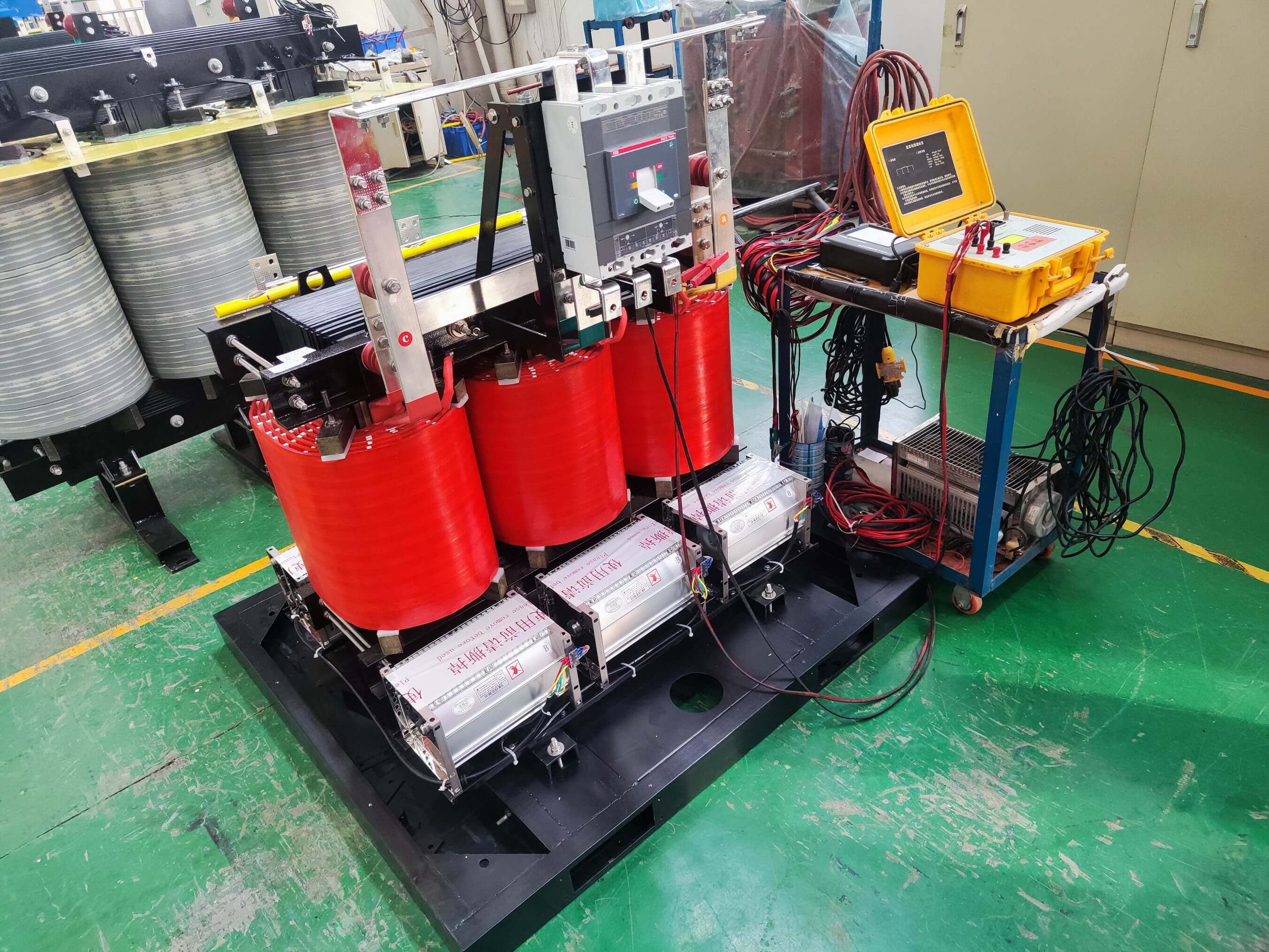
Transformer Factory Acceptance Test
NPC Electric conducts rigorous quality control testing on every transformer or representative samples, as well as on specific components and materials, to ensure compliance with design specifications throughout the production process.
The Factory Acceptance Test (FAT) for a 3000kVA three-phase dry-type transformer is a critical step performed before shipment to verify that the unit meets all applicable standards and delivers optimal performance. The FAT includes the following key procedures:
Visual Inspection: Evaluates the transformer’s physical condition, including the enclosure, terminals, and labeling, to ensure conformance with design and safety requirements.
Electrical Testing: Involves measuring winding resistance, insulation resistance, and performing turns ratio tests to validate electrical integrity and functionality.
Dielectric Strength Test: Applies high voltage across the insulation system to ensure it can endure both normal and transient operating voltages without failure.
Load Testing: Simulates real-world operating conditions to assess the transformer’s voltage regulation, temperature rise, and overall efficiency under load.
Protection Device Testing: Verifies the proper operation of integrated protective components such as thermal sensors, temperature relays, and tap changers (if applicable).
Routine Test - On load Loss Test
Voltage source and current source (usually rated voltage, or adjusted according to the test standard, such as 10 KV, 20 KV, 35 KV, etc.)
Temperature and humidity meter (used to record ambient temperature and humidity for correction of test data)
The test environment should be dry and rainless, with a relative humidity of less than 75% and a recommended temperature range of 20–30°C.
Connect the test equipment to the appropriate terminals of the device under test and ensure that all wiring is correct and the device is well grounded.
Apply Test Voltage:
Apply the specified test voltage at the rated frequency and adjust the low voltage side to maintain the rated current (or specified current).
On-Load Loss Power
Input Power and Output Power
Current
Voltage
Temperature (temperature rise or winding temperature)
Ambient temperature and humidity during the test

Application
Technical Advantages
Product Packaging
Related Products
FAQ From Customers
-
What is a Transformer?A transformer is an electrical device used to change the voltage of alternating current (AC). It works on the principle of electromagnetic induction, converting high-voltage current into low-voltage current or low-voltage current into high-voltage current. Transformers are widely used in power transmission, distribution systems, and various electronic devices.
-
What are the main uses of a transformer?The main use of a transformer is voltage conversion. Transformers are used in power transmission systems to help transfer electricity from power plants to consumers. In addition, transformers are also used in electronic devices such as chargers, televisions, power adapters, etc., to adjust the voltage to meet the requirements of different devices.
-
Do you have UL listed?Yes, our transformer has UL listed. We have exported to America many pad mounted transformer,substation transformer and HV.

